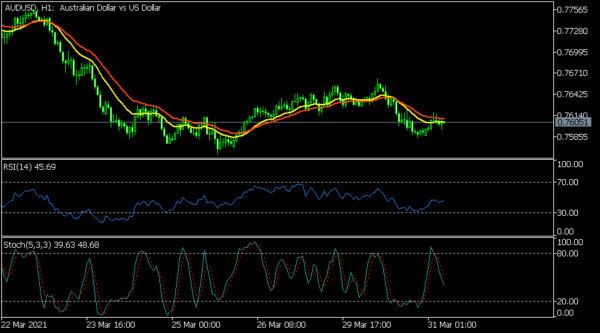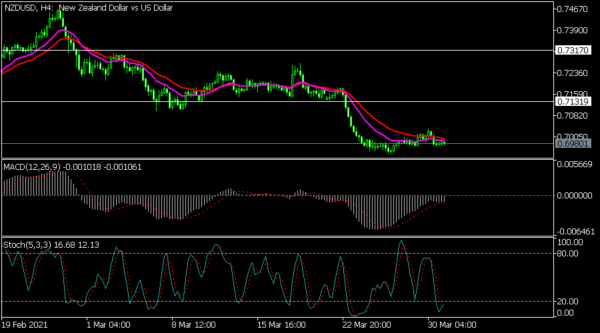The New Zealand dollar declined slightly as investors reacted to the relatively weak data from the country. According to the country’s central bank, activity dropped from 21.3% in February to 16.6% in March. Further data by ANZ Bank revealed that business confidence declined from 21.3% to 16.6% in March. Recent numbers from New Zealand have been relatively weak, causing many analysts to fear that its growth will be slower than expected.
The Australian dollar declined against the US dollar even after impressive numbers from the country. According to the bureau of statistics, building approvals bounced by 21.6% in February after falling by 19.4% in the previous month. Housing credit increased by 0.4% while private house approvals rose from -12.2% to 15.1%. Elsewhere, in China, data by China Logistics revealed that the manufacturing PMI rose from 50.6 in February to 51.9 in March. This growth was better than the expected 51.0. Non-manufacturing PMI increased from 51.4 to 56.3.
The economic calendar will have several important numbers today. In the UK, the Office of National Statistics will publish the final Q4 GDP reading while Nationwide will publish the house price index. In Germany, the statistics agency will deliver the unemployment change while Eurostat will publish the preliminary consumer inflation data. In Canada, the statistics agency will deliver the latest GDP figures while in the US, the EIA will publish the latest inventories numbers.
NZD/USD
The NZD/USD pair declined to an intraday low of 0.6980. This level was slightly below yesterday’s high of 0.7032. On the four-hour chart, the pair is below the 25-day and 15-day moving averages. It appears to be forming a double bottom pattern. Also, the MACD is below the neutral level while the Stochastic oscillator is at the oversold level. Therefore, the pair may keep falling as bears target the lower side of the double-bottom at 0.6940.
EUR/USD
The EUR/USD sell-off accelerated in the Asian session as investors focused on the stronger US dollar. On the four-hour chart, the pair has moved below all moving averages and is along the lower line of the Bollinger Bands. The money flow index (MFI) has also moved to the oversold level. Therefore, the path of least resistance for the pair is lower ahead of the EU inflation numbers.
AUD/USD
The AUD/USD pair declined to a low of 0.7600 in the Asian session. On the hourly chart, the pair also seems to be forming a double bottom pattern. It is slightly below the 25-day and 15-day moving averages while the Relative Strength Index (RSI) has continued to drop. The Stochastic Oscillator has declined below the overbought level. Therefore, the pair make keep falling as bears target the next key support at 0.7550.















